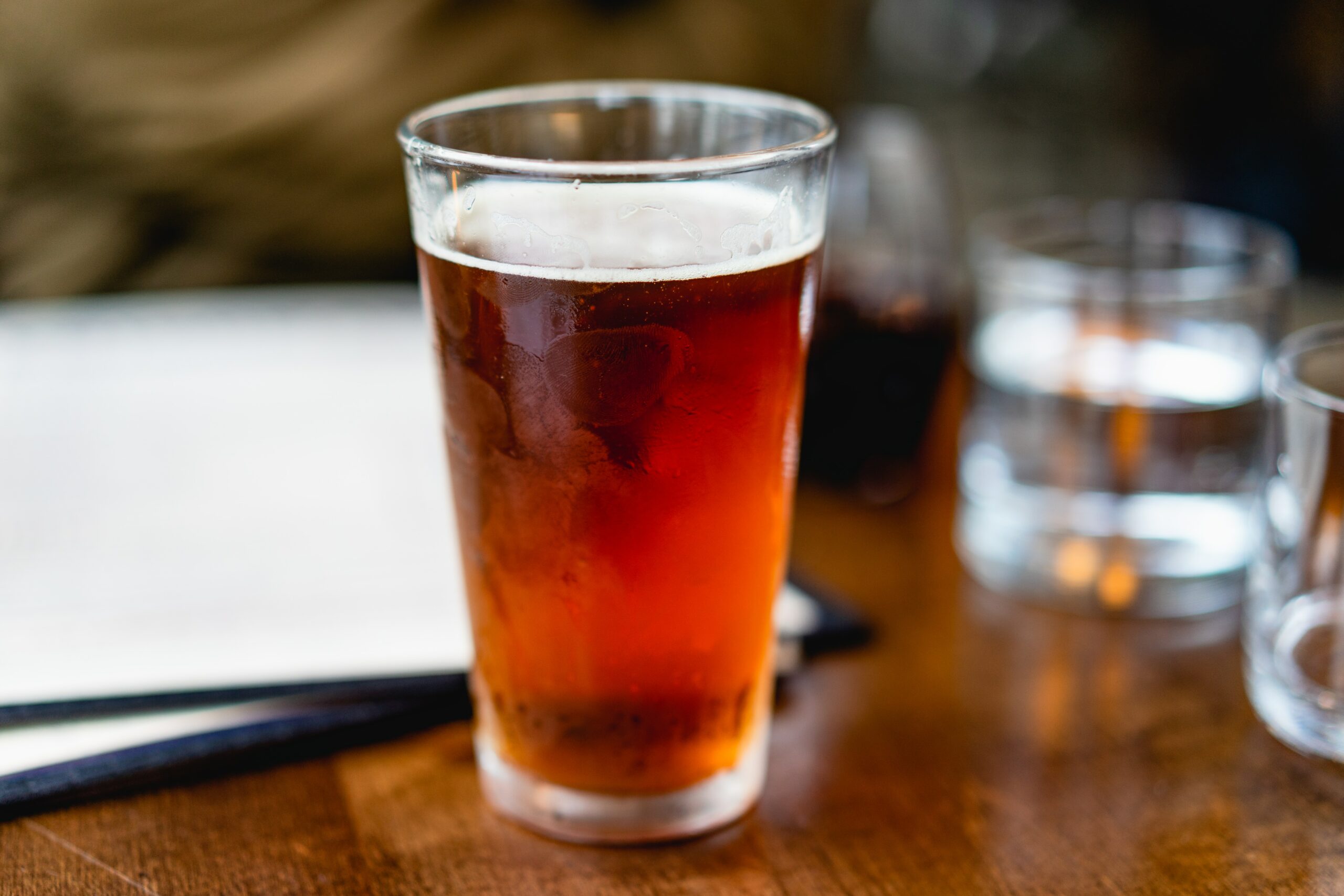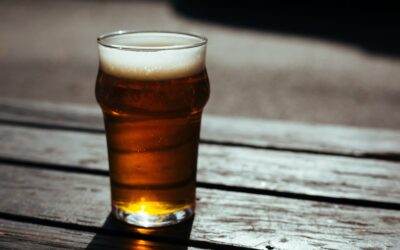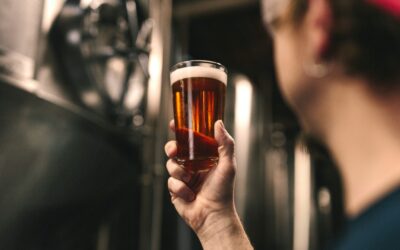From the European perspective the four main sub-styles – Blond, Pale, Amber and Brown – differ most obviously in colour. However, brewers have started to match different grain bills to particular hop varieties, and to float them off in different directions.
The craze for haze that began on the US East Coast a decade ago, seeing beers deliberately hazed up with starch, proteins, dead yeast, hop residues and other adjuncts, undoubtedly alters the character of these beers. However, opinions differ about the extent to which different causes of haze with raise, flattens, or ruin it. Marketeers often refer to some of these beers as “juicy”, for the similarity in appearance to fruit juices, and the citrus or tropical fruit flavours associated with some hops.
See also: American Porter, American Stout, American Wheat Beer
American pale ale
Hoppy and refreshing are the keynotes of this session- to sampling-strength style (4.5-6.2% ABV), though in contrast to most IPAs a clear malt presence should balance things out and make the beer more accessible. The hops used should be more aroma and flavour focussed, with less bittering, thus avoiding the full-on hop punch of an American IPA.
Session IPA
These differ from other IPAs by being weaker, with an upper limit around 5% and no lower limit. The key distinction is that they feature high hopping, usually with bitter aromatic varietals, even when they are near to 0.0% ABV. They vary in quality, dependent in large measure on whether the brewer manages to produce a firm enough grain base to support the IBUs.
Cream ale
Pre-dating the craft era, and with up to 40% of its malted barley being replaced by adjunctive maize and sugar, this light-bodied, delicately hopped style (4.2-5.6% ABV) is described even by its most ardent fans as a lawnmower beer for people who don’t like to be seen drinking lager. This is the ale that survived the Prohibition years in the US.
American amber or red ale
Darker in colour and reasonably robust (4.5-6.2% ABV), the malt base nudges towards light caramel, while the hopping, which varies a lot in intensity, will tend to favour piny, resinous, dark fruit and floral varieties. Balance is the key, the best being cheerful rather than shocking.
American blond ale
This gentlest of modern American ale styles (4.0-5.2% ABV) should be easy-drinking and approachable with initial malty sweetness, balanced and refreshing, making any individual statement through use of characterful fruity, hoppy or malty notes.
American brown ale
Set apart from other genres of brown ale by being noticeably though not aggressively hoppy, an American Brown should nonetheless at the same time be malty with chocolate-caramel flavours. The style comes in a range of strengths (4.3-6.2% ABV).





